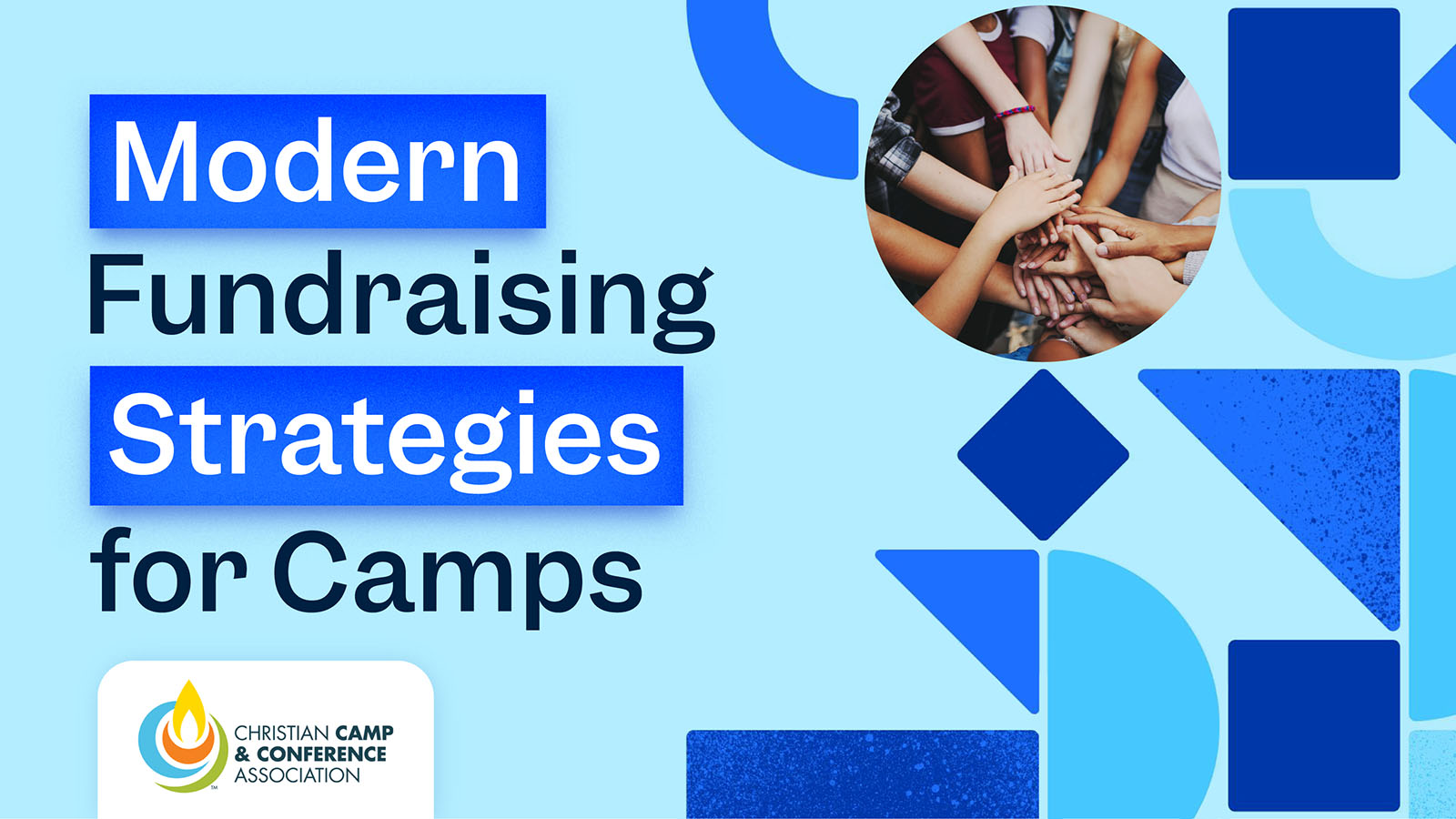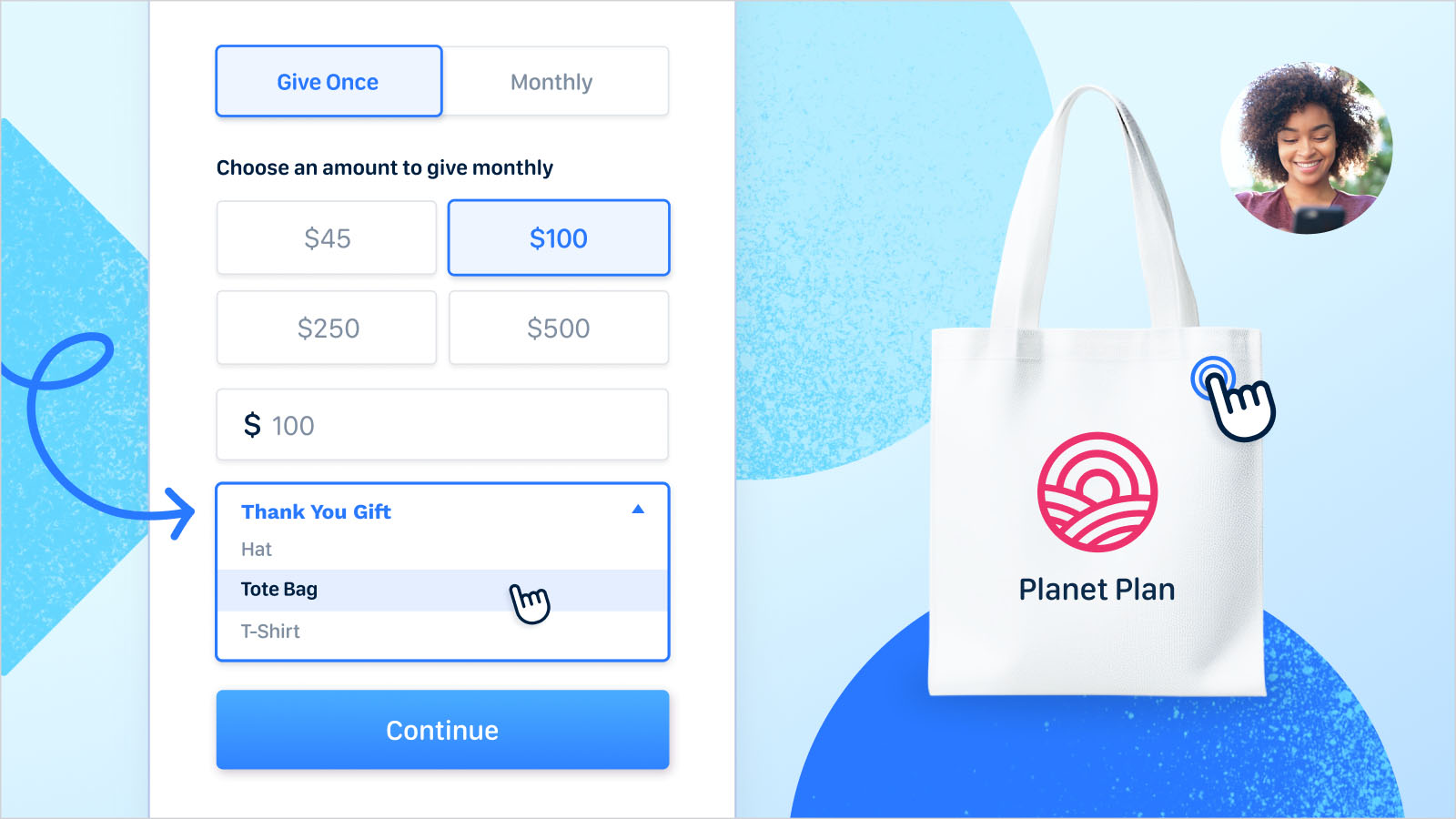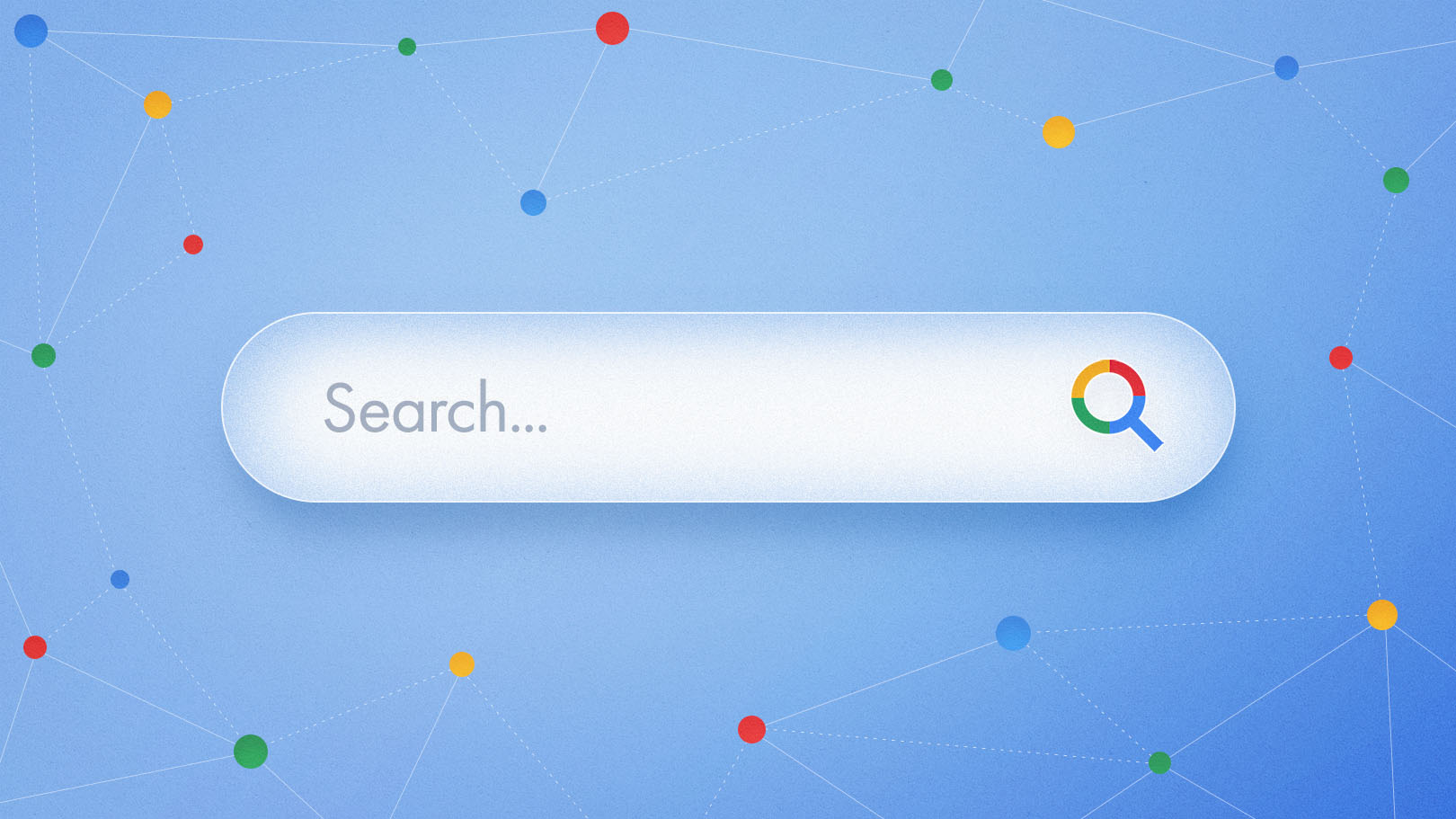Best practices for silent auctions, aka our tippy-top-top-secret silent auction tips and tricks
Ask your friends and colleagues to donate items
Now that you know what type of auction items you want to focus on, it's time to start reaching out to peers, colleagues, businesses, your mama, and your cousin, too, to source some goodies.
But we have to give it to you straight (again)—this is by far the most time-consuming part of planning a silent auction, and here's the reason: your committee is tasked with calling and emailing a huge guest list to get donated items for people to bid on. Please note that the keyword here is donated. Your nonprofit should not be paying for any items in the silent auction. This is a fundraising event, after all, not a fund-losing event!
Have the procurement head create an outreach strategy that includes sponsorship offers and the lure of tax write-offs. You may be able to get items donated as a part of a larger event sponsorship, which benefits your overall event, not just the auction.
Your procurement head should also get your long-term board members and C-Suite employees in gear to poke around for biddable items. At the next networking level are people or businesses already familiar with your nonprofit, like those that your nonprofit has worked with in the past.
Log, track, and keep everything intact
Now that you've got a pile full of awesome gifts growing in the ED's office, keep it organized! You never want to wonder who the heck gave you those Dodgers tickets or where that iPad came from. Not only should you keep track of who donated what item, but carefully list the Fair Market Value, plus the information below:
- Donor's name
- Donor's contact info
- Item number
- Item name
- Item description
- Item fair market value
- Item starting bid (recommended 30%-40% of fair market value)
- Item bid increment
Promote your online auction through social media & other channels
The most successful silent auctions are the ones that have been promoted and included in your overall event marketing. Social media platforms are a great place to start, as you can easily share information about the items up for bid through a simple social media post. You can also send out email newsletters to your organization's supporters, post flyers in community spaces, and even reach out to local media outlets for coverage.
Even further, if you've got hot ticket items, tease them in social media posts, newsletters, email blasts, and text messages leading up to the event. Build out a quick silent auction campaign site where you can feature sneak peeks of items that'll be a big draw. Shout it from the mountain tops.
Get all hands on deck for the day of the auction
It's go time. You've got amazing items donated, and fingers are crossed that you're going to sell out. Here's what you'll need day-of to ensure everything runs as smooth as a freshwater lake at sunrise:
- Donated auction items (obvi, but had to mention for good measure)
- List of all auction items
- Item displays and decorations
- Bid sheets and item descriptions
- Pens and clipboards
- Volunteer list assignments with contact information
- Payment processing devices (cash, card, Apple Pay—the more ways, the better)
When the auction closes, winners will be scampering to gather their winnings and head home, so make sure you have an appropriate volunteer-to-item ratio (1 volunteer for every 30 items is a good place to start). How you organize checkout is up to you, but organization is key.
While all the winners will be super excited, remember that there's gonna be a ton of folks who lost out on a bid, so provide an alternate opportunity for them to donate and feel great. Make an announcement that winning bidders aren't the only champions at the event; donations toward the mission are still needed and appreciated.
After all, this is a fundraising event! Make sure you leverage all of your event attendees and make soft appeals toward the end of the night.
Make the registration process streamlined and payments efficient
To improve auction process efficiency, it's essential to be well-prepared and organized. Ensure all necessary materials, such as lists, charts, and information, are printed and neatly organized. Technology such as a zip drive or mobile bidding tools can make sure information is easily accessible and reduce reliance on physical handouts.
Utilize multiple event registration stations to accommodate both walk-in guests and pre-registered auction attendees separately, and make use of technology and efficient volunteers to expedite the check-in process and assign bidder numbers quickly.
Simplify your registration and bidding process by having guests pre-register with their payment details, and ensure a swift check-in using modern platforms that support QR code scanning. With these tactics in place, registration becomes a breeze for everyone involved!
Tap into innovative fundraising strategies to drive excitement and energy during bidding
A very wise events producer once told us,
"If you have a silent auction with 100 items, you're only gonna have 100 donors. But if you have 500 people at your event and you only have 100 giving opportunities with your auctions, how do you engage the other 400 people?That's where the fund-a-need comes in. That's where you can truly create a collective community giving experience where everybody comes together."
That expert was Professional Fundraising Auctioneer/Consultant Bobby D. Ehlert, and in his hard-hitting conversation with Justin Wheeler, Funraise CEO and Co-founder, Bobby shared a gold mine of fundraising auction secrets.
If you're looking for ways to engage with your auction attendees, try one of the following tactics:
- Automated text bid alerts: Tools like Funraise's automated Bid Alerts can be used to drive bidding activity by sending text real-time notifications to guests. When the bidding is about to close on their favorite items or they've been outbid, a timely, quick bidding experience is key.
- Get an emcee: An emcee can enhance the donor experience by talking up items for bid, announcing special items, and counting down bidding deadlines to ensure that bidding remains the focus of the event.
- Add a paddle raise: Otherwise known as a fund-a-need or a special appeal, this event supplement gives potential donors at every price range a chance to be a part of the action.
- Play to your audience: Only you will know whether your audience thrives on the friendly competition of a scoreboard or countdown timer or appreciates the mysterious cover and element of intrigue that anonymous bidder numbers provide.
Prioritize item presentation and organization
The physical or digital presentation of auction items can significantly impact the donor experience. At an auction event, attendees need to be able to find all the information they need before bidding. No matter what system you use, though, make sure it corresponds to your bidding software. If your donors can't find the item, they can't place a bid.
We know, friend, organization can sometimes get the better of us, especially on event day! A few ways to organize auction displays are through color-coding or numerical systems. Imagine colorful ribbons—red for artwork, blue for trips, or numerical codes that correspond to different price ranges.
If your auction is online, make sure there are lots of pictures or video as well as item size and weight, shipping costs, Fair Market Value, and any other information that major donors may not know that they need to know.
Follow up with winning bidders to create lasting relationships
Now that the event is over, it's time to make follow-up a priority. In the same way that you plan on following up with event attendees, you'll want to segment out auction winners to thank them for their donation and provide tax-deductible information.
If the winning bidder is new to your non-profit organization, this is a perfect opportunity to nurture the relationship by including valuable information about your non-profit organization. Include a video of your nonprofit story or a case study so they become familiar with your work. Add them to an email nurture stream to keep them engaged over time with the intent to get them to donate again and eventually become a recurring donor.
Nonprofit Silent Auction FAQs (answered by AI and a human)
Finding auction items is hard! Make getting auction items easy, please!
We suggest you start sourcing items way in advance. If you waited too long, take the time to sit down and get creative because online or in-person charity auctions with well-thought-out biddable items and seamless experiences encourage engagement and help you build relationships.
Why is a silent auction better than a regular auction?
Only you know which is better for your non-profit organization. If your audience is far-flung, has mobility issues, would find it difficult to find caretaker assistance during the time of your in-person event, or just likes to sit on the couch (our people), you have the potential to get far greater engagement and more bids with an online auction
How do I know if my silent auction was successful?
Your auction was successful if you brought in more money than you spent. As you debrief, consider how much time you spent preparing, running the event, and following up. Also, consider any shipping or delivery costs associated with getting the goods to your supporters. And factor in new or renewed relationships that have blossomed as a result of your event!
How to host a silent auction? How to run a charity auction?
Hosting a silent auction, whether online or in-person, can be a great way to raise funds for a charity or organization. With the right planning and execution, you can create an engaging and successful event that benefits your cause.
(Hopefully, it's really clear that the above answer came from our AI colleague. Our human answer would be: "With a lot of effort and the step-by-step fundraising auction guide above.")






























.webp)
.webp)











.webp)
.webp)

.webp)
.webp)
.webp)




